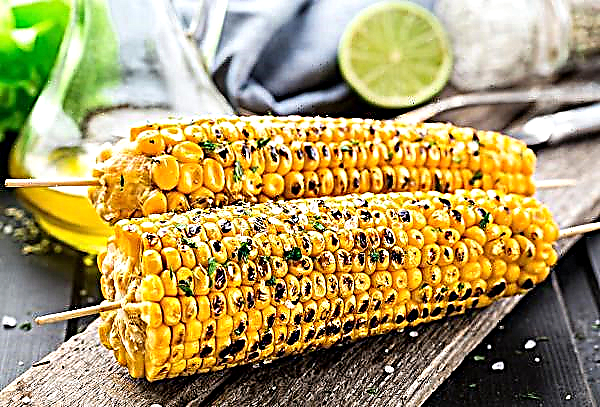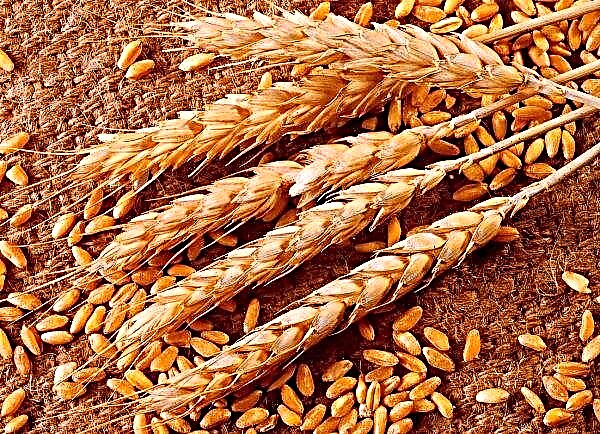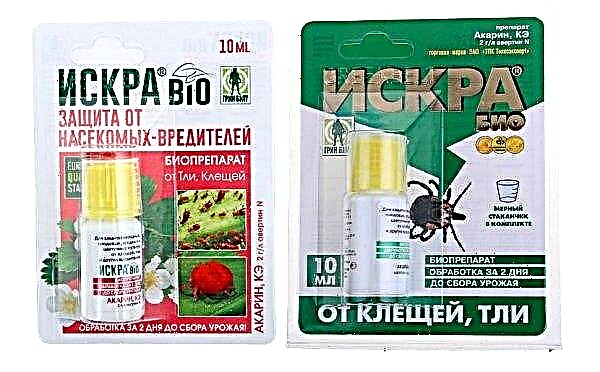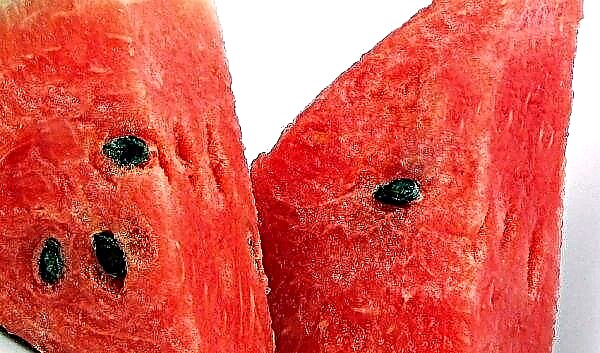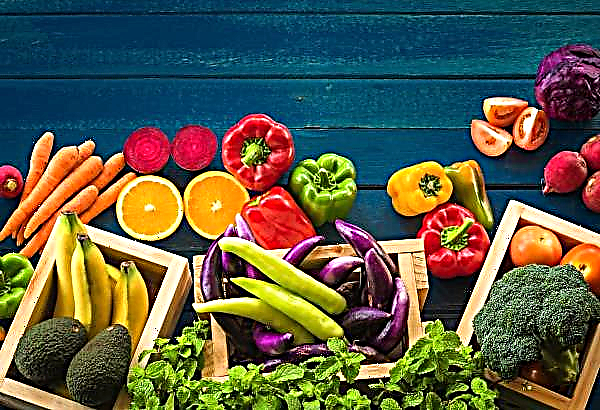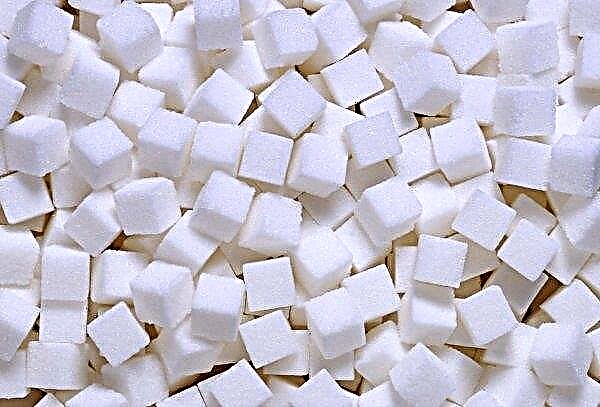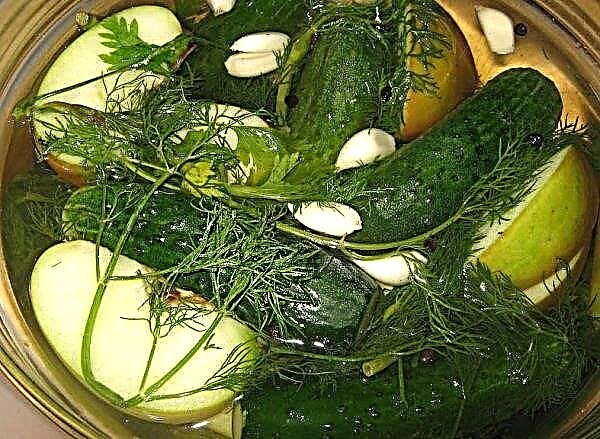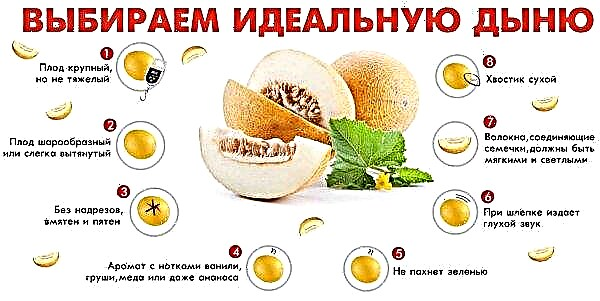An ulcer is a disease manifested by the formation of ulcerative defects in the stomach and duodenum. The disease is accompanied by heaviness and pain in the stomach after eating, heartburn, nausea and bouts of vomiting. With the disease, you need to carefully monitor the diet, which should consist of products that do not provoke inflammation of the mucous membranes of the stomach and duodenum.
How cabbage affects the digestive organs in peptic ulcer disease, as well as which of the varieties of this vegetable can be consumed at the time of exacerbation and remission of the disease - read below.
Chemical composition and calorie content
The chemical composition of cabbage and its calorie content per 100 g:
- proteins - 1.8 g;
- fats - 0.2 g;
- carbohydrates - 4.7 g;
- dietary fiber - 2 g;
- water - 90.4 g;
- calorie content - 28 kcal.

Vegetable culture contains many minerals that have a restorative effect on the body. A high potassium content helps to remove excess fluid from the body, strengthens the cardiovascular system and muscles. Salts of calcium and iron are needed for bone formation. Phosphorus and sodium help normalize blood pressure and regulate water metabolism. Magnesium strengthens the nervous system, helps improve myocardial performance.
Did you know? Cabbage refers to products with a negative calorie content - this means that the human body spends more energy on the digestion of a vegetable than it receives when it is eaten.
The value of the vegetable also lies in the content of citric acid and fiber. Citric acid is responsible for ridding the body of toxins, and also affects visual acuity and contributes to an increase in calcium content. Fiber is involved in the digestion process, and also interferes with the process of fat accumulation and significantly reduces the risk of atherosclerosis.

Cabbage in sufficient quantities contains vitamin C, which is responsible for strengthening the immune system. Pantothenic acid improves the adrenal glands by stimulating the production of glucocorticoid hormones, which improve the overall clinical picture with arthritis, colitis, and allergic reactions. Thiamine improves the digestive tract and nervous system.
Cabbage with a stomach ulcer: can be eaten or not
During an exacerbation of the disease, cabbage is contraindicated because of the high fiber content in its composition. In the acute period of the course of the disease, fiber can cause severe irritation of the mucosa, which will only aggravate inflammation.
With peptic ulcer, the vegetable is used systematically and only during the period of remission. An ulcer patient should discuss his diet with the attending physician and, based on his recommendations, determine which of the varieties of culture can be eaten.
 Cabbage contains vitamin U, which heals wounds and accelerates the healing of ulcers, which is very important for stomach ulcers.
Cabbage contains vitamin U, which heals wounds and accelerates the healing of ulcers, which is very important for stomach ulcers.
White-headed
White cabbage can be used by a patient with an ulcer only during the period of easing the disease and in small quantities, while it must undergo heat treatment.
Whether to include this variety of vegetables in the diet should be determined by a doctor who will take into account the following factors:
- stage of the disease;
- the frequency of exacerbations and their manifestations;
- the presence in the patient of concomitant diseases of the stomach;
- patient age.
Color
Cauliflower may be included in the ulcer patient menu. Thanks to the protein that is part of the vegetable, easy digestion of food occurs, due to which the mucous membranes are less irritated.
This type of culture has pronounced antitumor and antispasmodic effects, therefore, the use of the product in food helps to reduce pain in the stomach, and also prevents the formation of a tumor.
Broccoli
It is forbidden to use broccoli with a fresh ulcer, due to the fact that the vegetable provokes a strong release of hydrochloric acid, which causes heartburn and nausea. Vegetables are consumed only in heat-treated form.

Marine
Seaweed leads to an increase in acidity, and also increases the load on the walls of the stomach, so it is better to refrain from using it with increased pain. During the weakening of the disease, the use of this product should be strictly prescribed by a doctor.
Did you know? In fact, cabbage is a huge bud, and its stalk serves as a stalk.
Useful properties of cabbage for digestion
The use of cabbage by a healthy person has a positive effect on digestion. Fiber contained in the vegetable has a strong stimulating effect on the gastrointestinal tract, activating muscle peristalsis.
Children
In children under 2 years of age, it is not recommended to include fresh cabbage in the diet, due to the fact that hard fiber fibers can damage the baby's fragile digestive system. But in a boiled or stewed form, the product is introduced into the diet of children from 10 months. In a heat-treated form, the product has a mild laxative effect and improves muscle contractions in the stomach.

Adults
For an adult, cabbage is an indispensable product for problems with difficulty defecating. Due to the high content of fiber, as well as B vitamins, the secretory function of the intestine is enhanced, which contributes to the rapid bowel movement.
Sauerkraut or stewed cabbage, on the contrary, is used to eliminate the symptoms of dysbiosis, which is manifested by symptoms such as thinning of the stool, stomach cramps, flatulence.
The main rules for choosing fresh cabbage
To choose a fresh vegetable, you need to pay attention to its appearance, which should be:
- firm to the touch;
- sheet plates should be intact, without cracks, creases and signs of wilting;
- the head should be white;
- on the surface of the vegetable should not be traces of the activity of insects.

A pleasant aroma characteristic of the variety should come from the vegetable. If there is a rotten or musty smell, it is better to refuse to purchase such a product.
Features of the use of cabbage with stomach ulcers
In its raw form, the vegetable is able to exert too much stress on the pancreas, and also provokes the appearance of belching and flatulence, so gastroenterologists recommend refraining from eating the raw product in food.
Stewed cabbage is used only during the weakening of the disease, using it as part of such dishes:
- soups;
- side dish for meat and fish products;
- vegetable stew.
Important! The use of 50 ml of sauerkraut juice before meals normalizes the functioning of the intestines, and also destroys pathogenic microorganisms.
Sauerkraut should not be consumed while aggravating peptic ulcer disease. But during periods of alleviation of the disease, its use resists the occurrence of erosion on the walls of the mucosa, so the patient is allowed to consume 100 g of the product per day.
Juice from a fresh vegetable can be consumed up to 300 ml per day during the period of remission of the disease, because it does not contain coarse fiber. For the manufacture of juice, fresh and strong leaves of vegetables are chosen, and the finished product should be drunk within 2-3 hours after preparation.

Contraindications and possible side effects
- Side effects from the use of the product are expressed by the following symptoms:
- heartburn;
- nausea;
- belching;
- the occurrence of stomach spasm.
Vegetables can not be consumed with exacerbation of enterocolitis, which is accompanied by diarrhea and vomiting. Contraindication is also the appearance of bleeding ulcers in the stomach. Despite the many useful properties of cabbage, it can be consumed only during the period of remission of peptic ulcer. In this case, the treatment and diet menu should be made by the attending physician.

